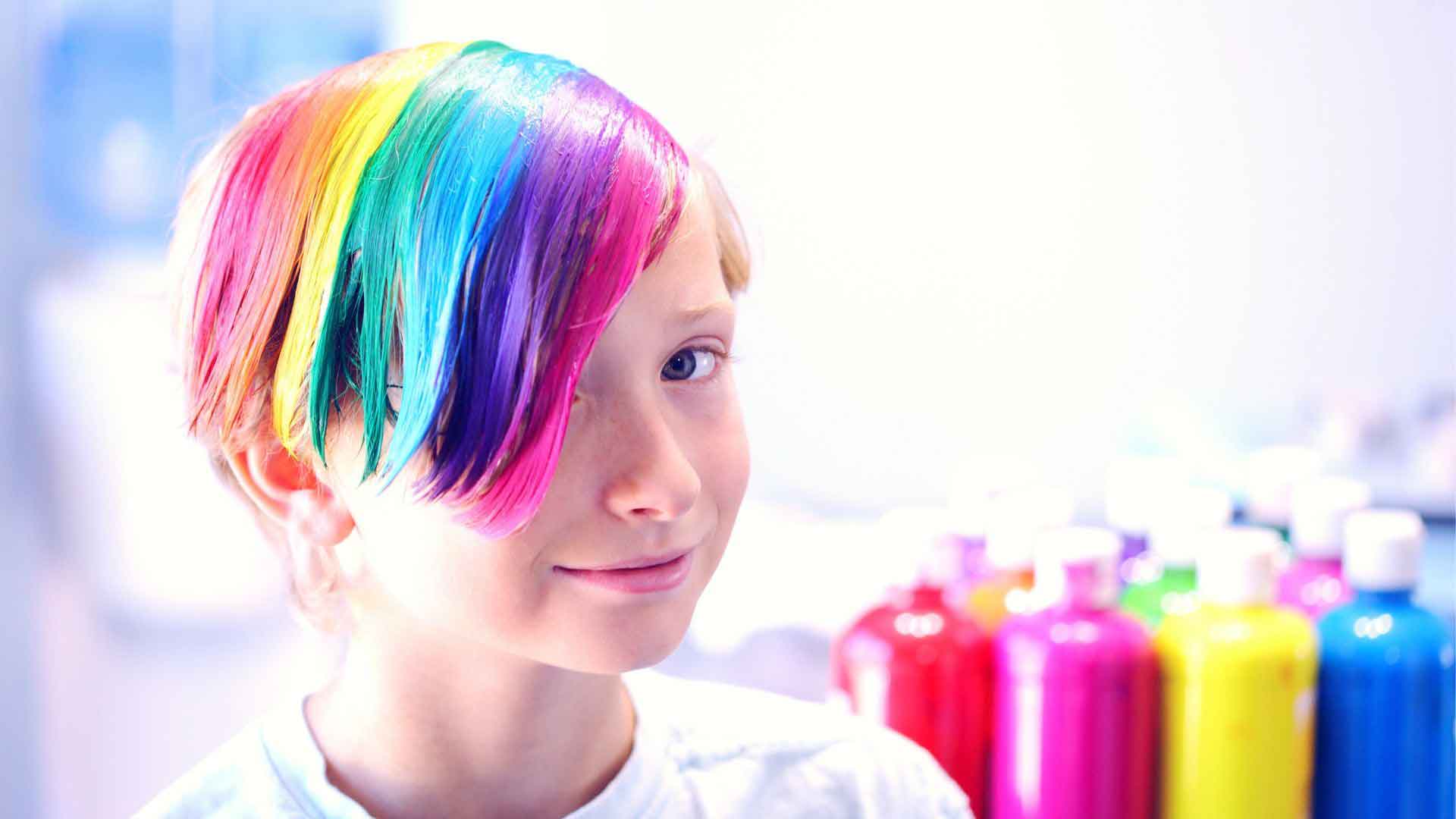
Understanding and Enforcing Boundaries
The truth is, establishing and enforcing your boundaries is an act of kindness. It prevents you from having the feelings of resentment or annoyance toward people important to you. It also allows you to respect your own needs which in turn create a healthier you.


